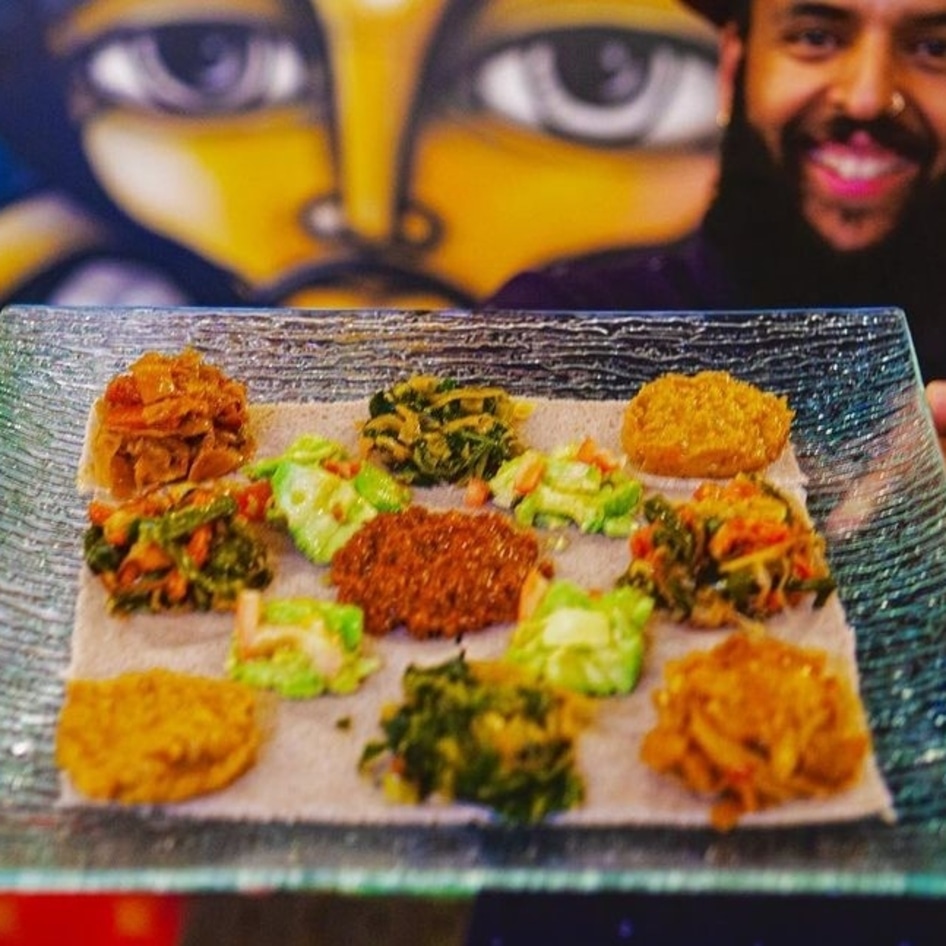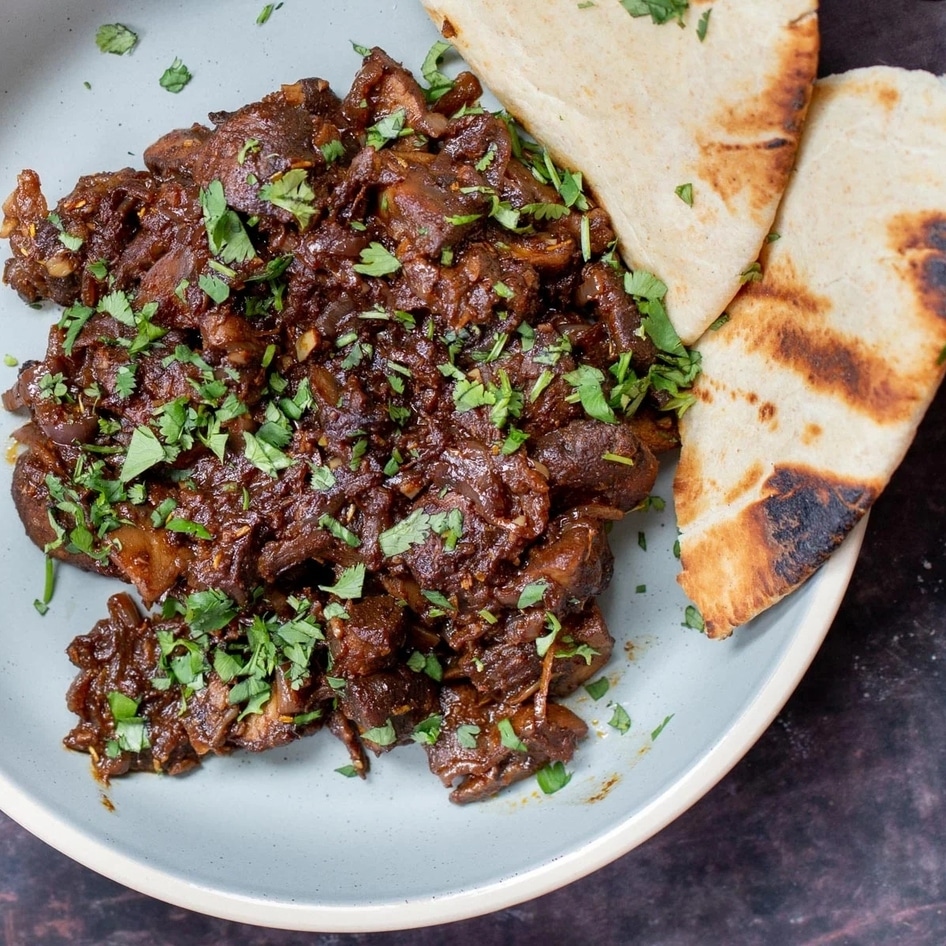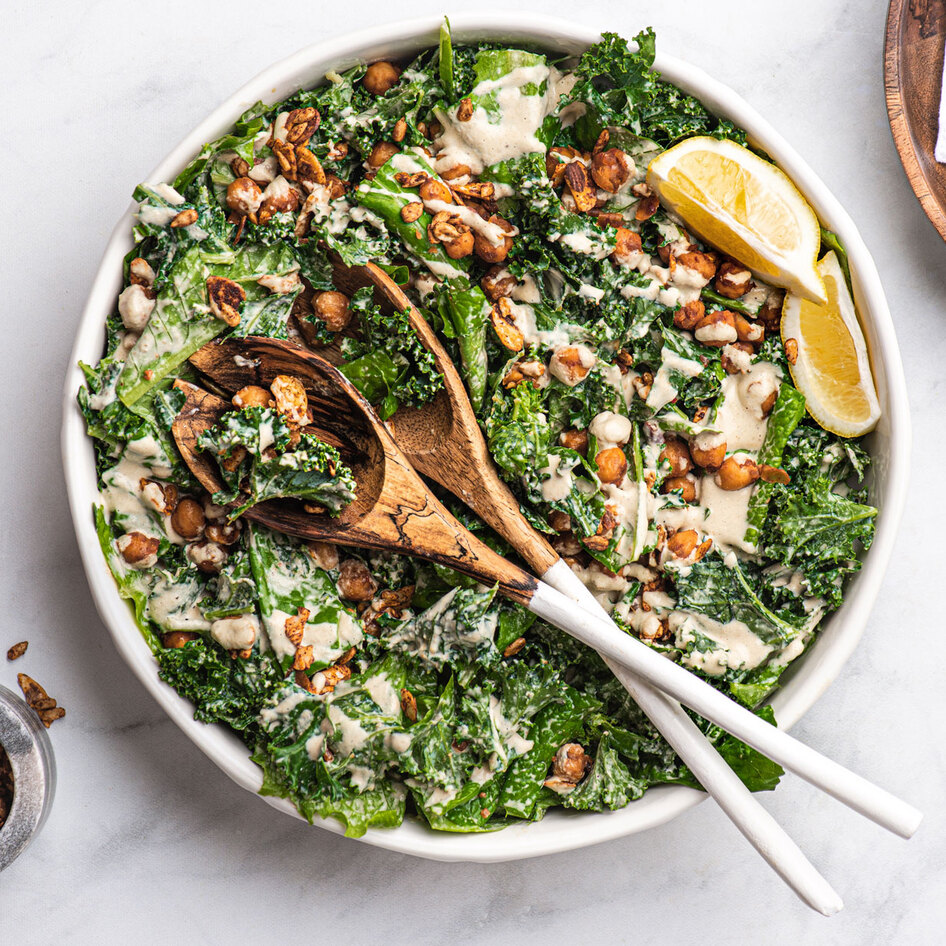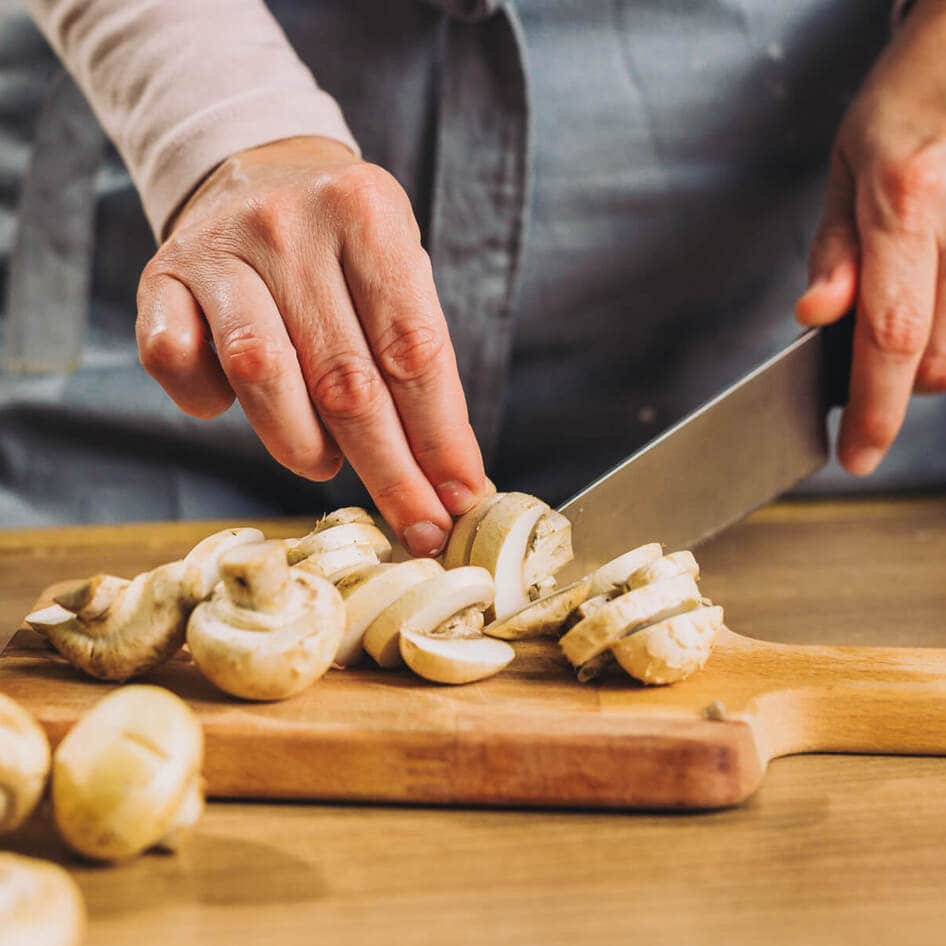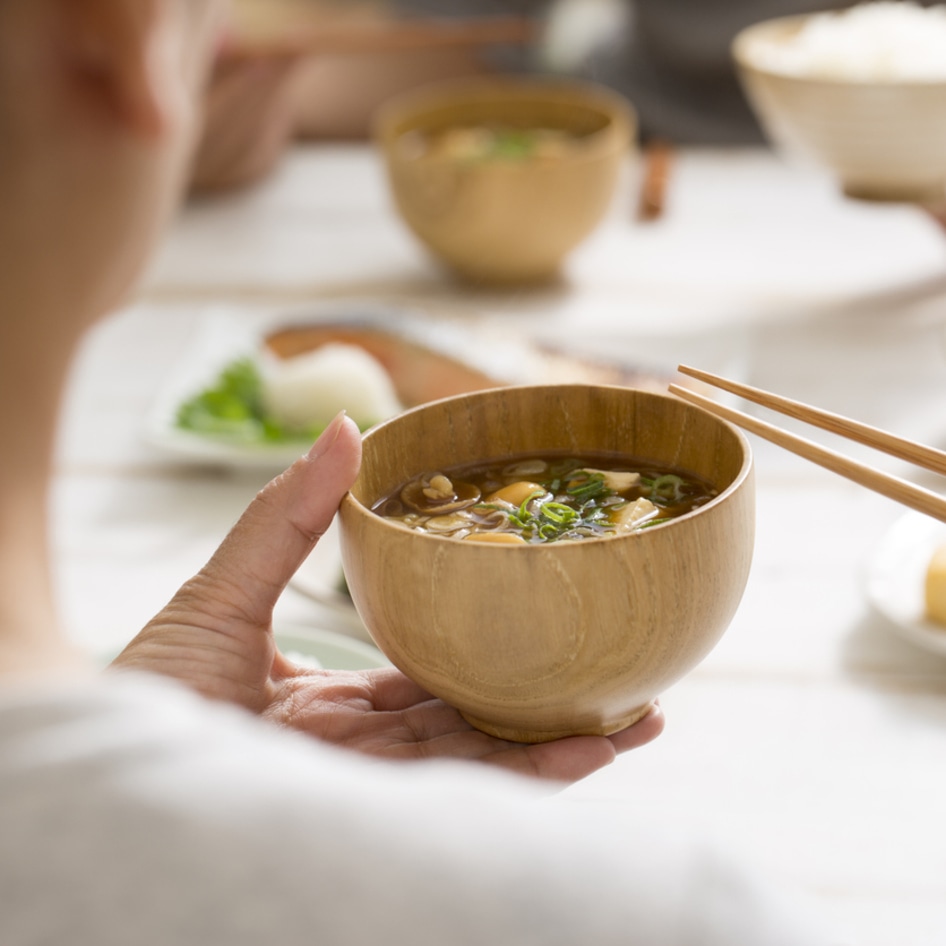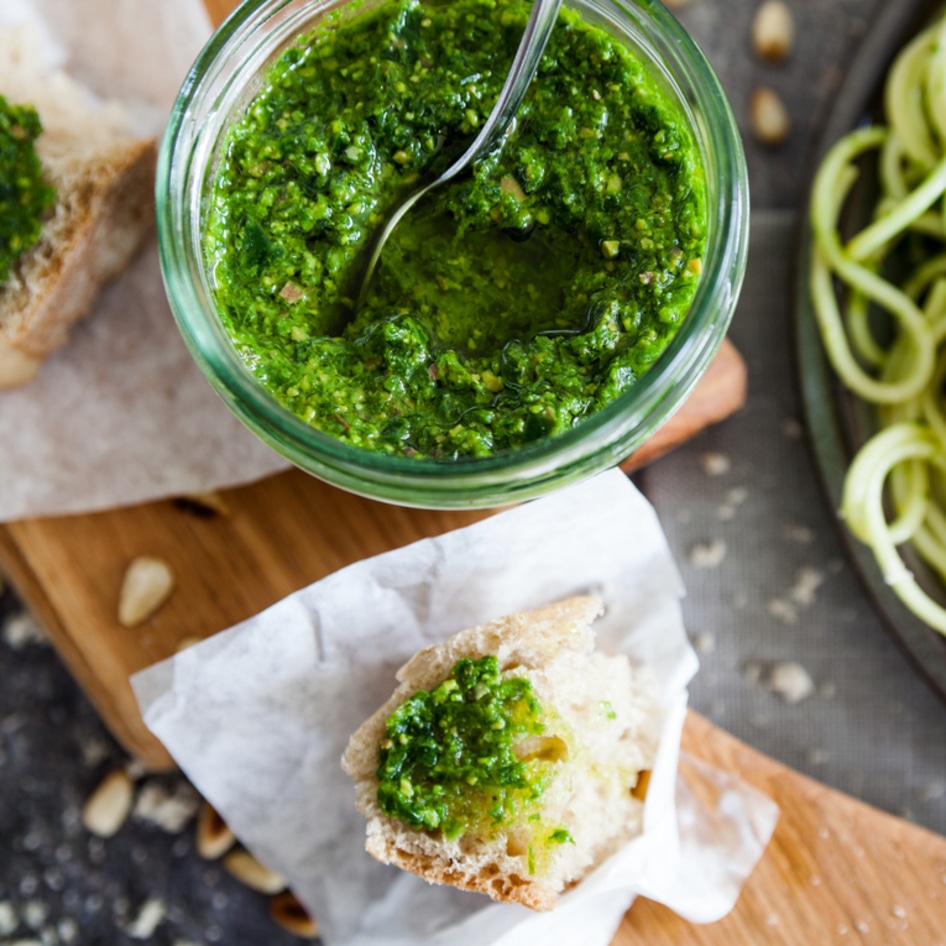Guide to Vegan Ethiopian Food
VegNews takes you through the basics of one of the most vegan-friendly cuisines in the world.
August 30, 2015
Ethiopia is a country full of contradictions. The only African nation to remain independent throughout its history is home to the largest livestock population on the continent, while simultaneously being one of the most vegan-friendly cuisines in the world. Furthermore, the Ethiopian Orthodox Church requires every Wednesday and Friday be reserved as “fasting days,” but not in the traditional sense of food deprivation. Instead, on these days Ethiopians omit all animal products from their diets, meaning many restaurants not only offer veg options but also indicate what is vegan (or can be veganized) on their menus. Before arriving, make sure to wash up as Ethiopian food is often eaten with your hands.
From tangy flatbreads to thick curries and refreshing salads, Ethiopian food is one of the most flavorful cuisines on the planet. By using our quick guide to this African delicacy, you’ll be introduced to a new culinary world without having to travel halfway across the globe.
Injera
A fermented grain mixed with water and then fried similar to a pancake or crêpe. injera is the backbone of Ethiopian meals. Eaten multiple times a day and typically served family-style with large spoonfuls of savory dishes, injera is commonly made from a grain called teff and is full of nutrients such as protein, calcium, fiber, and iron. Teff is naturally gluten-free, but many American restaurants mix in other grains to save money. Food platters are served with additional pieces of injera to scoop up delectable dishes such as simmered greens, spicy lentils, or stewed chickpeas. The best part? Injera is always vegan.
Berbere
Berbere is a staple seasoning blend of hot red peppers and spices such as garlic, cardamom, cinnamon, and paprika. Most often added to spicy red sauces and stews, berbere can also be used in dressings or as a tableside condiment. Purchase the flavorful accompaniment as a dried spice mix in Ethiopian grocery stores, specialty markets, or online, or make the paste at home. Berbere can also pack some heat, so proceed with caution.
Wat
A term generally describing Ethiopian main dishes, wats can vary from a thin curry to a thick stew. Eaten with injera and served in an assortment of spice-levels, wat can typically be divided into two main types. Kay, characterized by its red color and use of berbere, begins with red onions or shallots. Then, broth is added along with the main ingredient (typically a type of legume) and thickened. Often abbreviated as just “wat,” some of the most popular are shiro, made with chickpeas, and misir, made with lentils. Alicha, which tends to be thick like a stew and doesn’t contain berbere (but can sometimes be spicy due to added hot green chiles), begins with yellow onions. Broth and the main ingredients are then added (vegetables and sometimes legumes) and left to thicken to a stew-like texture. Remember to specify your veganism when ordering these dishes because some might be prepared with ghee.
Salad
Salad is an unexpected yet refreshing feature of Ethiopian cuisine. Although the dish appears as a standard arrangement of lettuce, the Ethiopian version acts as a cold, light complement to thick, spicy wats. Dressings aren’t typically dense, and Ethiopian chefs opt for Italian or citrus-filled varieties. If you’re lucky, yours might even contain a kick of berbere!
JUMP TO ... Latest News | Recipes | Guides | Health | Shop
Photo courtesy of WASS Ethiopian Restaurant

